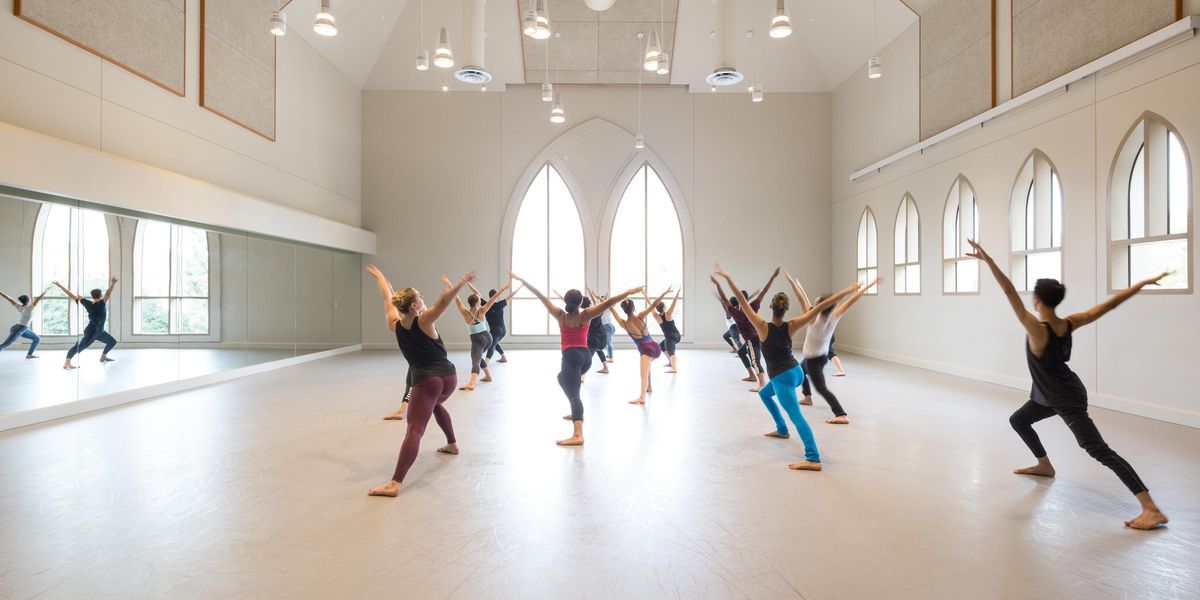What Does it Take to Dance in an Immersive Show?
At various points during The Grand Paradise, I was put inside a pseudo-coffin, told to help a performer undress and left alone to browse a vintage Playboy from the 70s. But the weirdest part of my night was participating in a pillow fight that turned into a slow dance with a performer who happened to be former classmate of mine. She was so completely in character that I couldn’t help asking myself if she remembered me. Could she really be that good of an actress? She seemed so natural while staring into my eyes for those 20 seconds that felt like 20 minutes.
The Grand Paradise is the latest immersive show from Third Rail Projects, the creative team behind the Bessie Award-winning Then She Fell (both productions are currently running in Brooklyn). It’s set in a 1970s-era beach resort that may or may not contain the Fountain of Youth. But rather than thinking about its themes of time and sexual awakening, I found myself wondering how dancers prepare for this sort of task.
Dancing inside of an audience while also physically and verbally interacting with them requires a very different kind of stage presence from what you would use to perform on a proscenium stage. You’re projecting to people just inches away, rather than in the balcony of an opera house. In this up-close context, the stage veneer has to melt away, and—as carefully choreographed as every step may be—get replaced with something that feels more genuine. Any dancer who reads as fake takes the audience out of the experience.
Photo by Darial Sneed, courtesy The Grand Paradise
In The Grand Paradise, dancers give audience members palm readings, pour them drinks, chat with them about astrology, and, yes, dance for them, among many other assignments. For most of the two-hour show, there is virtually no separation between performer and viewer.
That takes an intense kind of confidence and commitment to your role that isn’t required when you’ve got the safety of a fourth wall. It’s a whole other level of vulnerability. After the show, my former classmate admitted it was even harder performing this way for someone she knew (she did remember me!). Even in most site-specific work, where audiences might surround performers on all sides, dancers don’t typically acknowledge viewers directly through eye contact or speech or touch. They are “other,” which can give dancers a sort of emotional protection.
Last month, a friend who’s in Sleep No More and I were talking with Alexandra Wells of Springboard Danse Montreal, who mentioned that all the dancers she knew who “go immersive don’t go back.” I’ve been thinking about her comment ever since. What is it about immersive theater that hooks dancers?
My theory is that these are performers who dance because they want to connect. The personality types who excel in this kind of show like to see immediate audience reactions and engage on a more intimate level. That rush can be addicting. You have to be ready to improvise and interact not only like a performer, but like a real person. And the more I think about it, the more I realize that’s an approach that could benefit any dancer—no matter how far away the audience.





